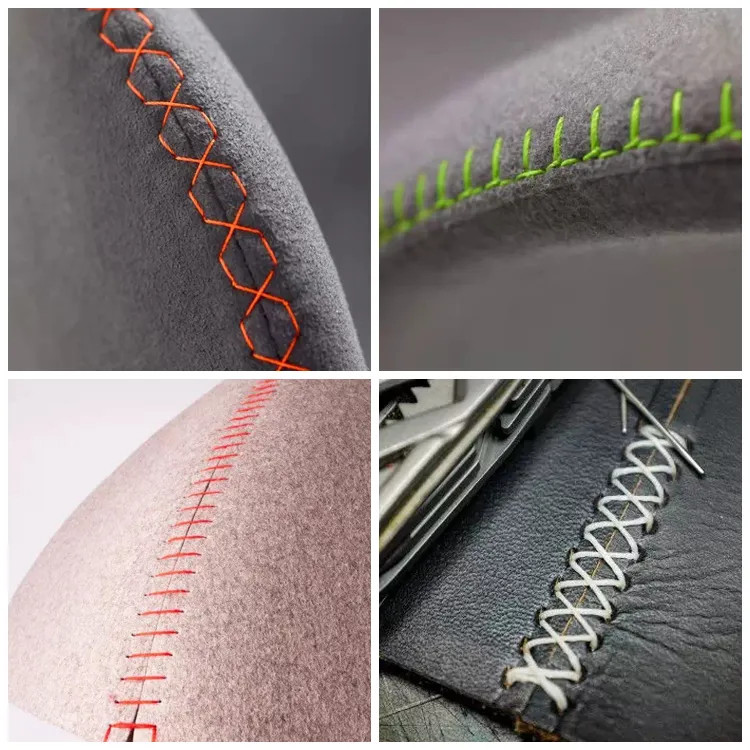can you use a twin needle on any sewing machine
Can You Use a Twin Needle on Any Sewing Machine?
Sewing has evolved into a multifaceted art, allowing crafters and hobbyists to produce beautiful garments and home decor with ease. One technique that adds a professional touch to your sewing projects is using a twin needle. But can you use a twin needle on any sewing machine? Let's delve into the details!
A twin needle looks much like a regular sewing needle but features two needles attached to a single shank. This innovative design allows you to sew two parallel lines of stitching simultaneously, which is especially useful for hemming knits, creating decorative effects, and topstitching. However, whether you can use a twin needle on your sewing machine depends on several factors.
First and foremost, compatibility is key. Most modern sewing machines can accommodate a twin needle, but it’s important to check your machine’s manual. Some machines may have specific requirements or limitations regarding needle types. Twin needles come in various sizes and widths, so ensure you are choosing a size compatible with your machine. Always begin by using the right type of twin needle for your sewing machine, generally a Universal or Stretch twin needle, depending on the fabric you’re working with.
can you use a twin needle on any sewing machine

Before using a twin needle, you need to make some adjustments to your sewing machine. Start by changing the needle on your machine. Remove the standard needle and replace it with the twin needle, making sure it is inserted securely. Twin needles typically require two separate threads, so you’ll need to set up your machine accordingly. This may include adding an additional spool holder or utilizing the second threading path on your machine. If your machine doesn’t have this option, you may need to get creative with thread adapters.
Another factor to consider is the type of fabric you are sewing. Twin needles work exceptionally well on knit fabrics, allowing for a clean, professional finish that won’t cause the fabric to stretch or pucker. However, it’s good to avoid using a twin needle on thick or bulky fabrics, as this may lead to needle breakage or issues with your machine’s tension settings.
Remember to adjust your tension settings, as using a twin needle often requires slightly different settings than a single needle. Experimentation is key—try sewing on scrap fabric before progressing to your actual project. Watching for any fabric bunching, thread breakage, or tension issues will help you make the necessary adjustments for a flawless finish.
In conclusion, while many sewing machines can accommodate a twin needle, it’s crucial to check your specific model’s compatibility, correctly thread your machine, and adjust settings accordingly. With a little preparation and practice, you can elevate your sewing projects and achieve those beautifully parallel stitches that define professional-quality work. Happy sewing!
-
Heavy Duty Leather Sewing Machine: A Must-Have for Professional LeatherworkNewsMay.28,2025
-
Leather Sewing Machine: Essential for High-Quality LeathercraftNewsMay.28,2025
-
Extra Heavy Duty Sewing Machine for Premium Leather ApplicationsNewsMay.28,2025
-
Walking Foot Cylinder Arm Sewing Machine: Precision and Power CombinedNewsMay.28,2025
-
Industrial Cylinder Arm Sewing Machine: Engineered for High-Performance StitchingNewsMay.28,2025
-
Cylinder Bed Sewing Machine: A Powerful Solution for Precision StitchingNewsMay.28,2025
-
Zigzag Sewing MachineNewsMay.12,2025





























